Tang emperor helped establish a confident and flourishing nation, as exhibition shows, Wang Kaihao reports.
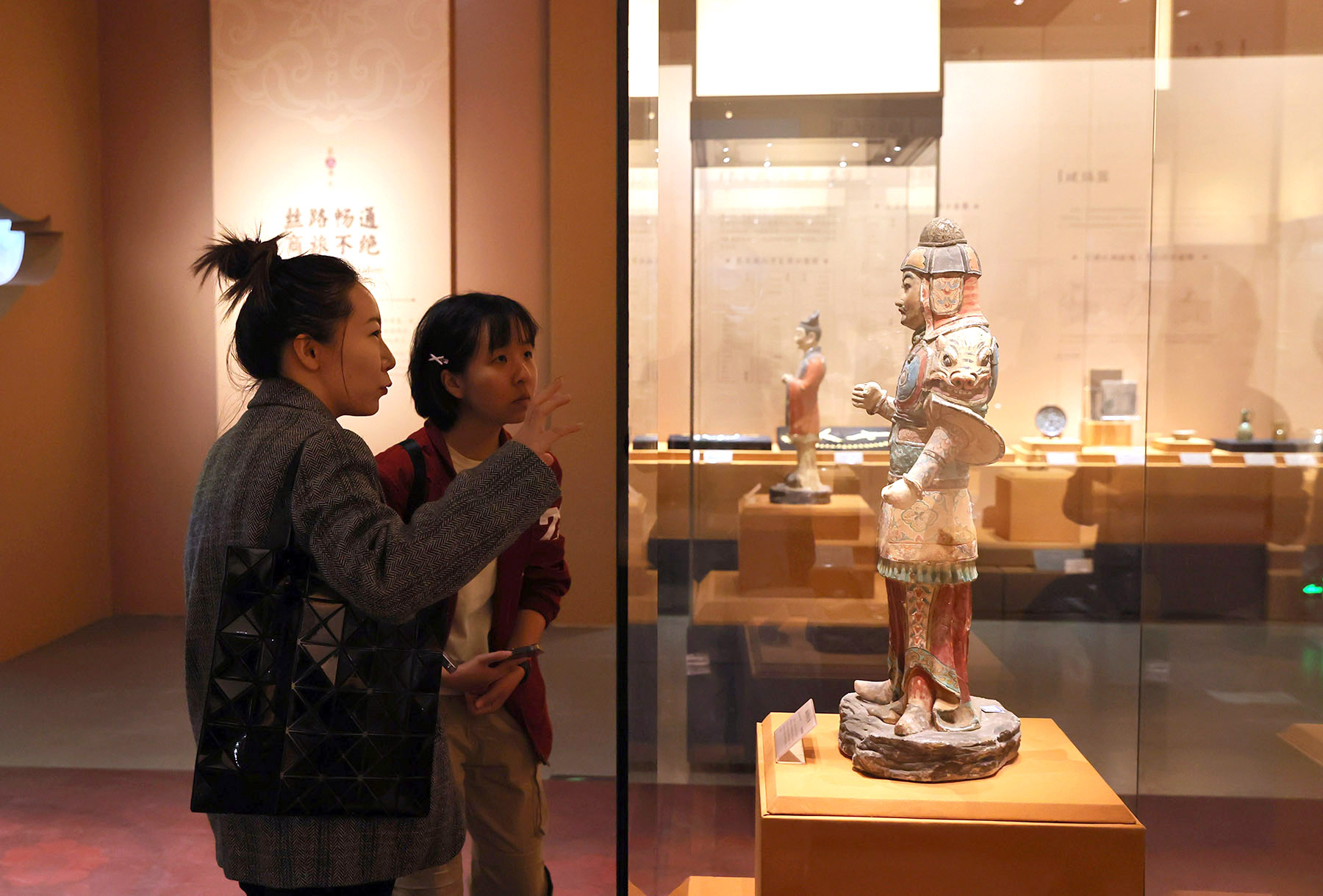
As the result of a royal coup, 27-year-old Li Shimin, a prince who once campaigned to help his father impose stability across the country and establish the Tang Dynasty (618-907), ascended to the throne, taking the place of his elder brother, Li Jiancheng.
This dramatic moment is perhaps controversial. Nonetheless, when viewed over the long term, this detour in history led to an era of prosperity.
The 23-year reign of Li Shimin, posthumously known as Emperor Taizong of Tang, left a long list of impressive achievements to admire, including battlefield triumphs, a receptive attitude toward good advice in politics and national governance, even from followers of former rivals, and an inclusive policy toward ethnic groups from afar.
Consequently, the name given to his reign, Zhenguan, is widely seen as symbolic of a peaceful and flourishing time in ancient China.
READ MORE: A cultural crossroads across time
An exhibition in Beijing at the National Library of China offers intriguing insight into this time as it guides visitors through the Zhenguan era.
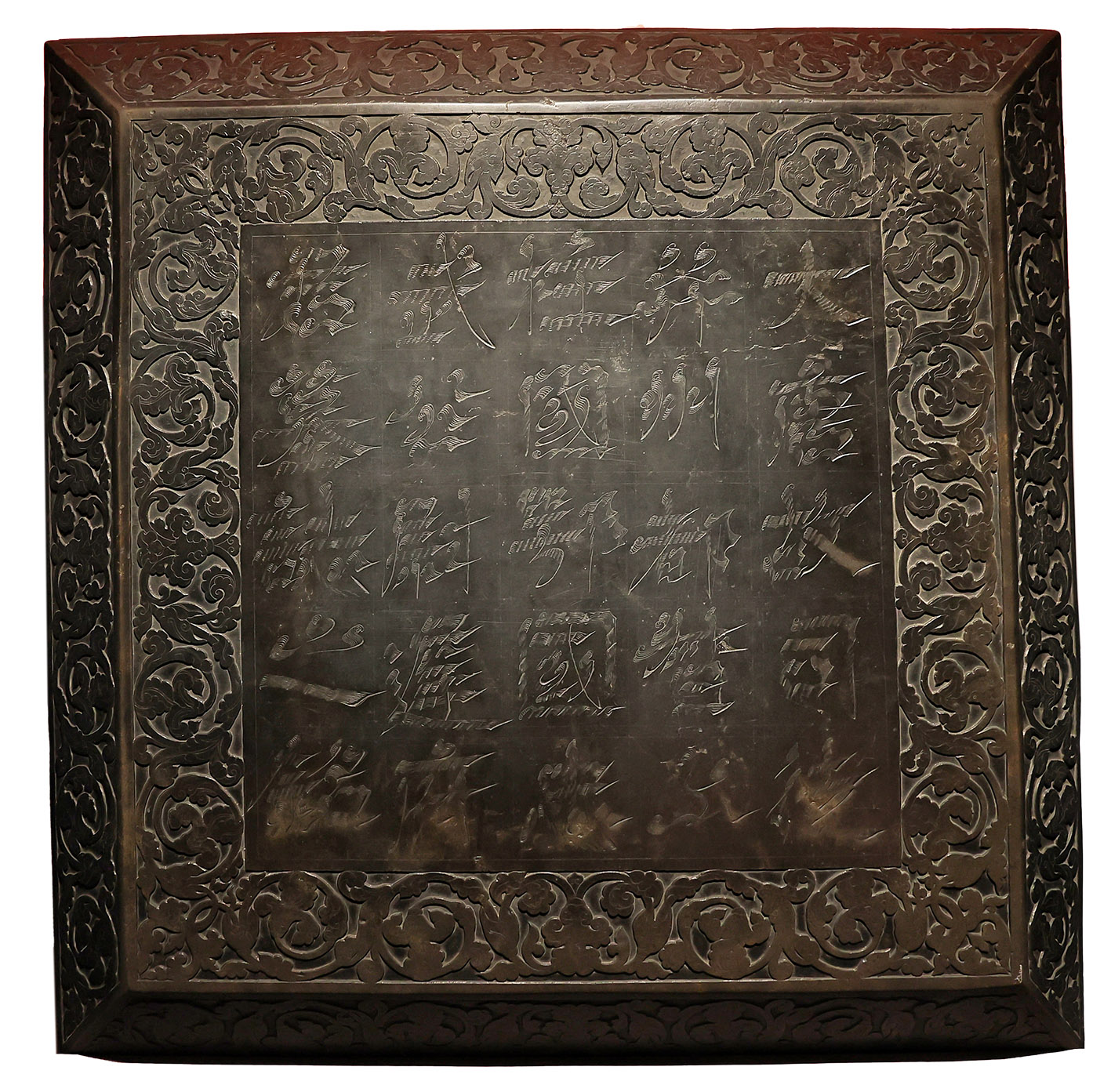
Organized by Art Exhibitions China, the national library and several other institutions, Zhenguan: Li Shimin's Saga of Prosperous Era is the first major exhibition in Beijing to focus on this iconic figure and includes 249 exhibits from 15 museums around the country, including pottery figurines, gold and silver artifacts, stone statues, and epigraphs. It will run until Aug 25.
It seeks to show the human side of its subject. "Through this exhibition, we will not just portray Li Shimin as a ruler with ambition and great expectations," explains Art Exhibitions China's Feng Xue, who is curator of the exhibition. "We also want to present him as someone with emotions just like everyone else.
"Looking back on the civilization of the Tang Dynasty from various perspectives, we can sense the continuous innovation and creativity that define the cultural ethos of the era."
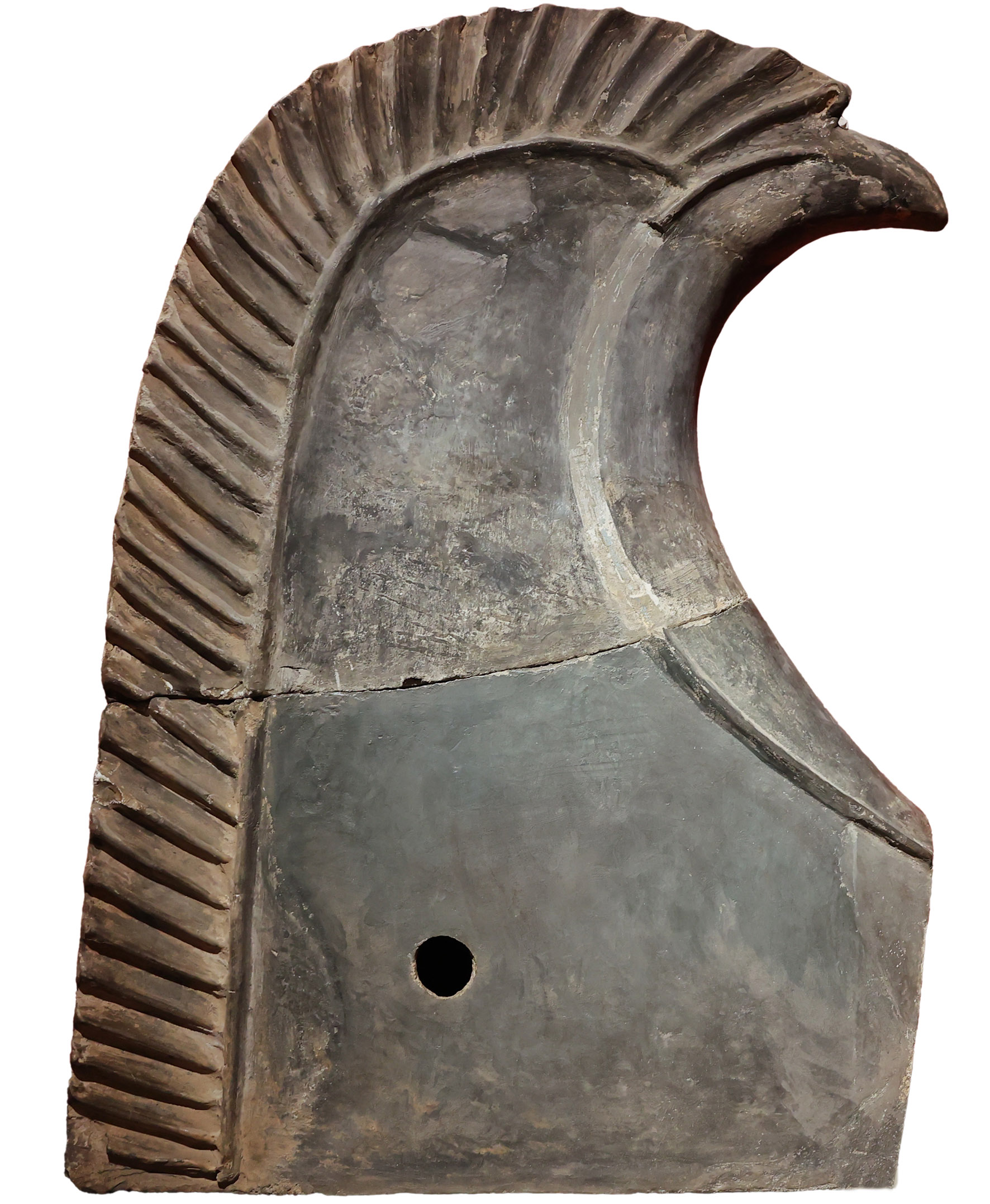
A cherished icon
About 70 kilometers from the Tang capital Chang'an — today's Xi'an in Shaanxi province — lies the Zhaoling Mausoleum in Xianyang, Li Shimin's resting place. It is the largest Tang Dynasty royal mausoleum.
Although the main grave where the emperor and his empress are buried remains mostly untouched, about 200 satellite graves, which belonged to concubines, princes and high officials, have yielded a trove of items, as if from a time capsule, key examples of which can be seen in the ongoing exhibition.
A mural portraying a smiling court lady is one such example. Dressed in a blouse with exquisite decorative patterns on its sleeves, a long skirt, and a knot of silk tied in across the front of her chest, the woman not only demonstrates the fashion and aesthetics of the Zhenguan period, but also provides an important academic reference for how attire evolved.
Another exhibit from the mausoleum, a blue-glazed pottery figurine of a standing woman, also reveals elegance and a sense of nobility, while the rarely seen color of the time indicates cross-cultural influences, as the ingredients for the dye may well have been brought to China along the Silk Road, Feng says.
"To modern eyes, the figurine's attire may look Japanese," Feng adds. "But it just reminds us of how the style originated and how Tang aesthetics influenced those of its neighbors."
The curator also adds that governance was effective and social harmony prevailed during the Zhenguan era, and that the Tang people of the period did not have access to the luxuriant attire of the later period.
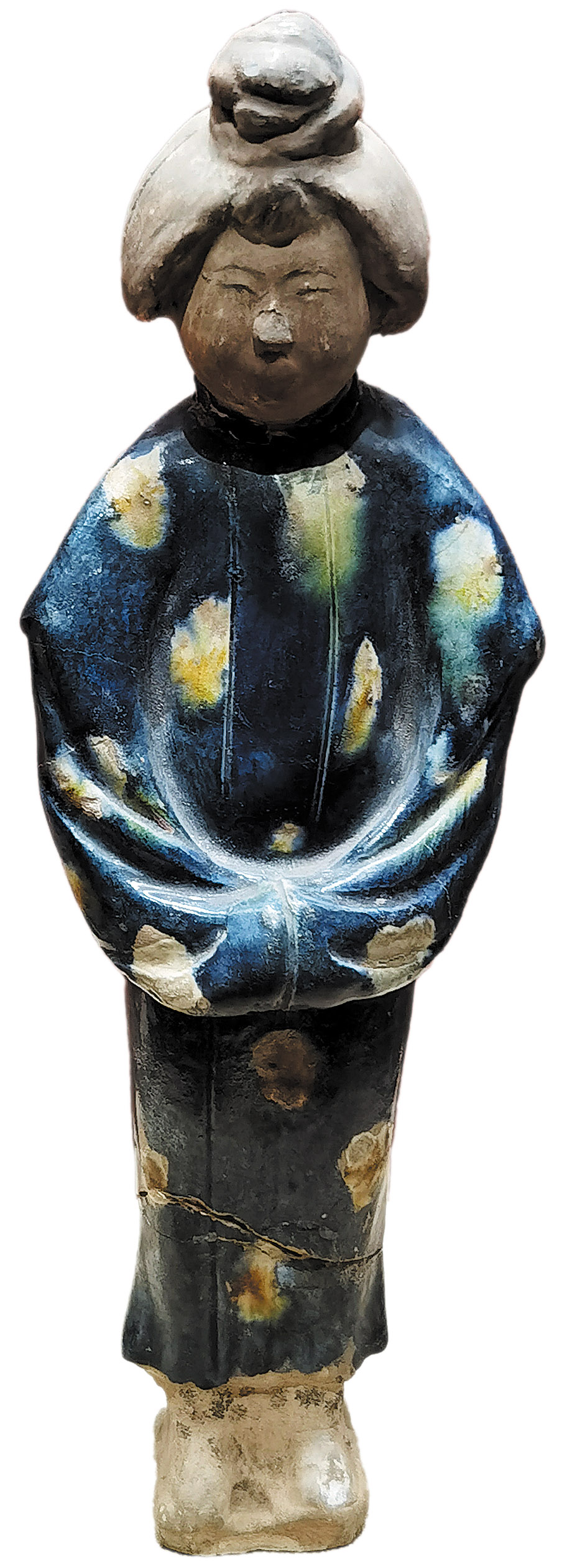
"People were elegant, their style combining a demeanor of composure and vitality," she says. "In these murals and figurines, the beauty of the era reveals a sense of confidence, and this is vividly portrayed."
As a musician, calligrapher and poet, Emperor Taizong fully understood the importance of culture in creating prosperity.
"Clouds hide the sun above layered palaces, while mist and wind rise from the splendid forests," he once wrote in a stanza for a chant to celebrate the grandeur of Chang'an.
Those "layered palaces" have gone, and the beauty depicted in the scene has been lost to time, but the cultural relics on display at the exhibition can still transport visitors to this distant and wondrous horizon.
The largest of them is a 1.5-meter pottery roof figure, an architectural component used to decorate the ends of rooftop ridges. It is a chiwei (literally "an eagle's tail") and is shaped to resemble a hovering eagle overseeing the top of the palace.
"This alone allows you to imagine how grand the original palace was," Feng says. "A lot of palace architecture had such large chiwei pieces back then, and they were connected to each other in rows. What a splendid sight it must have been."
Li Shimin was proud, but he also had fears. Folk legend often claimed that as he got older, he regretted seizing the throne at the cost of lives. To keep the demons of guilt at bay, he hung portraits of two of his trusted generals Qin Qiong and Yuchi Jingde over the front gate. The act is said to be why portraits of the two generals are viewed in China today as "gate gods" and are put up to protect homes.
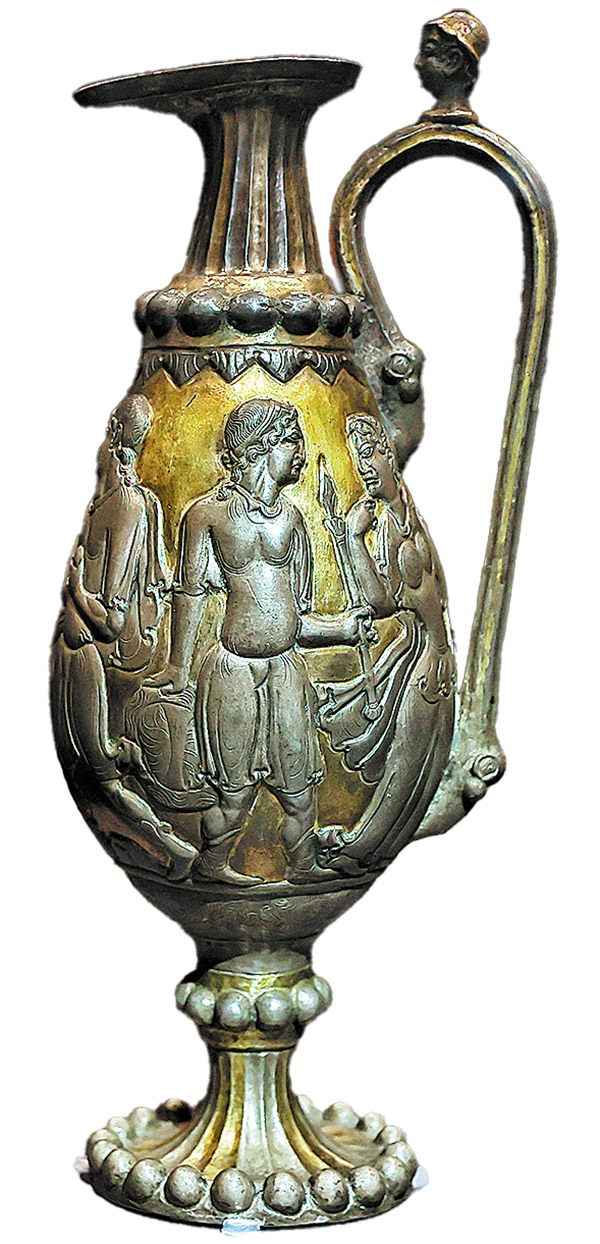
It is perhaps difficult to be sure how credible this anecdote is but one epigraph on exhibit may be an indication of the high esteem in which the emperor held Yuchi, who despite his birth status as a commoner, was buried in the imperial mausoleum to protect the emperor forever. The epigraph, written in a script known as feibai ("the flying white"), a noble writing style favored by Li Shimin, is the only ancient epigraph written in the style found so far in China.
"Recognizing and appointing capable people, accepting advice with an open mind, Li Shimin created the template of benevolent governance with loyal ministers," Feng says.
To expound on this political legacy, the National Library of China has also contributed precious ancient books to the exhibition. For example, a 14th-century edition of Zhenguan Zhengyao (Essentials About Politics From the Zhenguan Reign), a compendium of statecraft compiled by Wu Jing, a historian during Li Shimin's time, is displayed near the entrance.
"The book documents disputes, discussions, admonitions, and advice both from Emperor Taizong and his high officials," Zhang Zhiqing, deputy director of the national library, says. "It is a monumental work on ancient Chinese political theory, strategy and practice.
"Visitors to the exhibition can also do some extra reading to explore the historical wisdom contained in the ancient classics," Zhang says. "That will provide them references in a modern context."
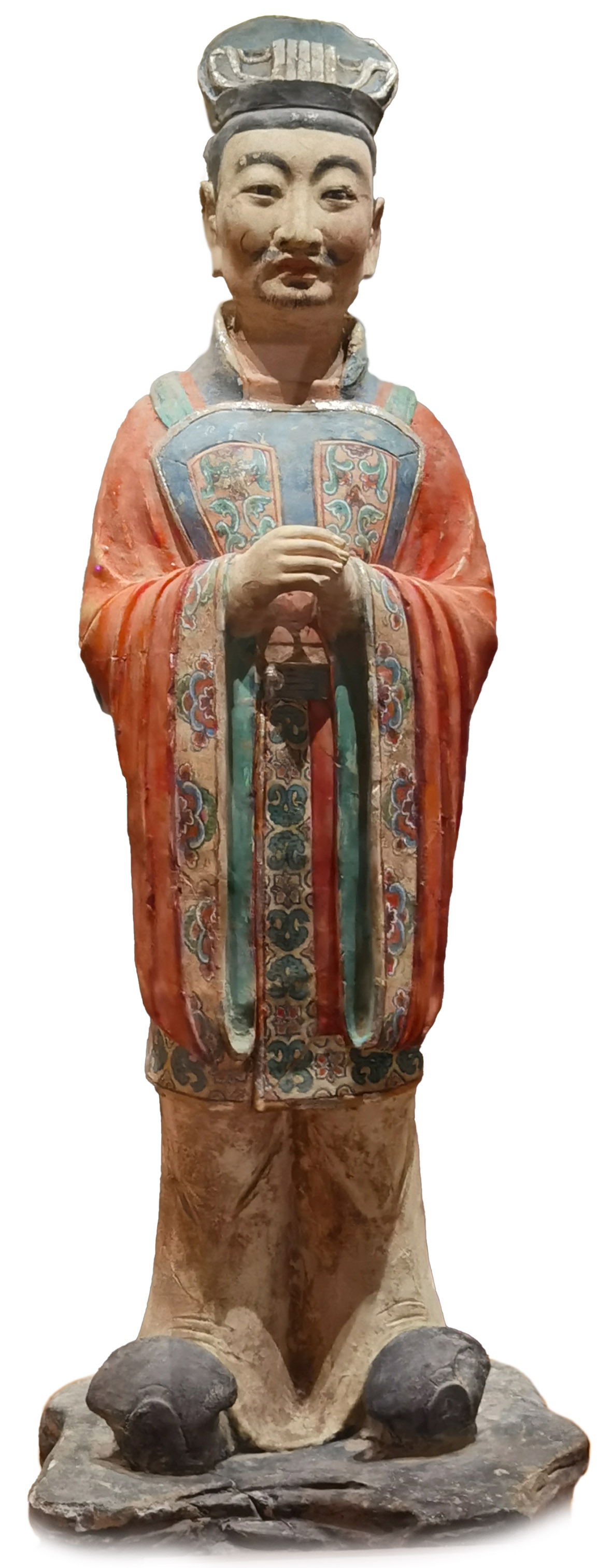
Road to the peak
The Tang Dynasty is generally considered to be a golden era in China's imperial period, when national strength reached its zenith around the mid-8th century during the reign of Li Longji, Li Shimin's great-grandson.
Scholars throughout Chinese history tended to credit the Zhenguan era as the beginning of a boom that lasted about a century.
"The Tang Dynasty is known for its well-functioning politics, successful economy, flourishing cultures, and the shared development of many ethnic groups within a united nation," Sun Xiaobing, deputy director of Art Exhibitions China, says.
"Li Shimin devoted his life to an epoch-making journey that started a long career," Sun adds. "He led the Tang from the rubble of war to a society that fully displayed its prosperity. … His legacy has been honored and learned from by following generations."
Consequently, as a pivotal node in history, the Zhenguan period needs to be viewed in a wider context, Feng adds.
"The era didn't suddenly appear," she says. "The exhibition also aims to place his time in a bigger picture."
The Tang era was established on the basis of the centuries-long mixing of ethnic groups, from across northern China in particular, and benefited from constant cross-cultural communication thanks to the Silk Road.
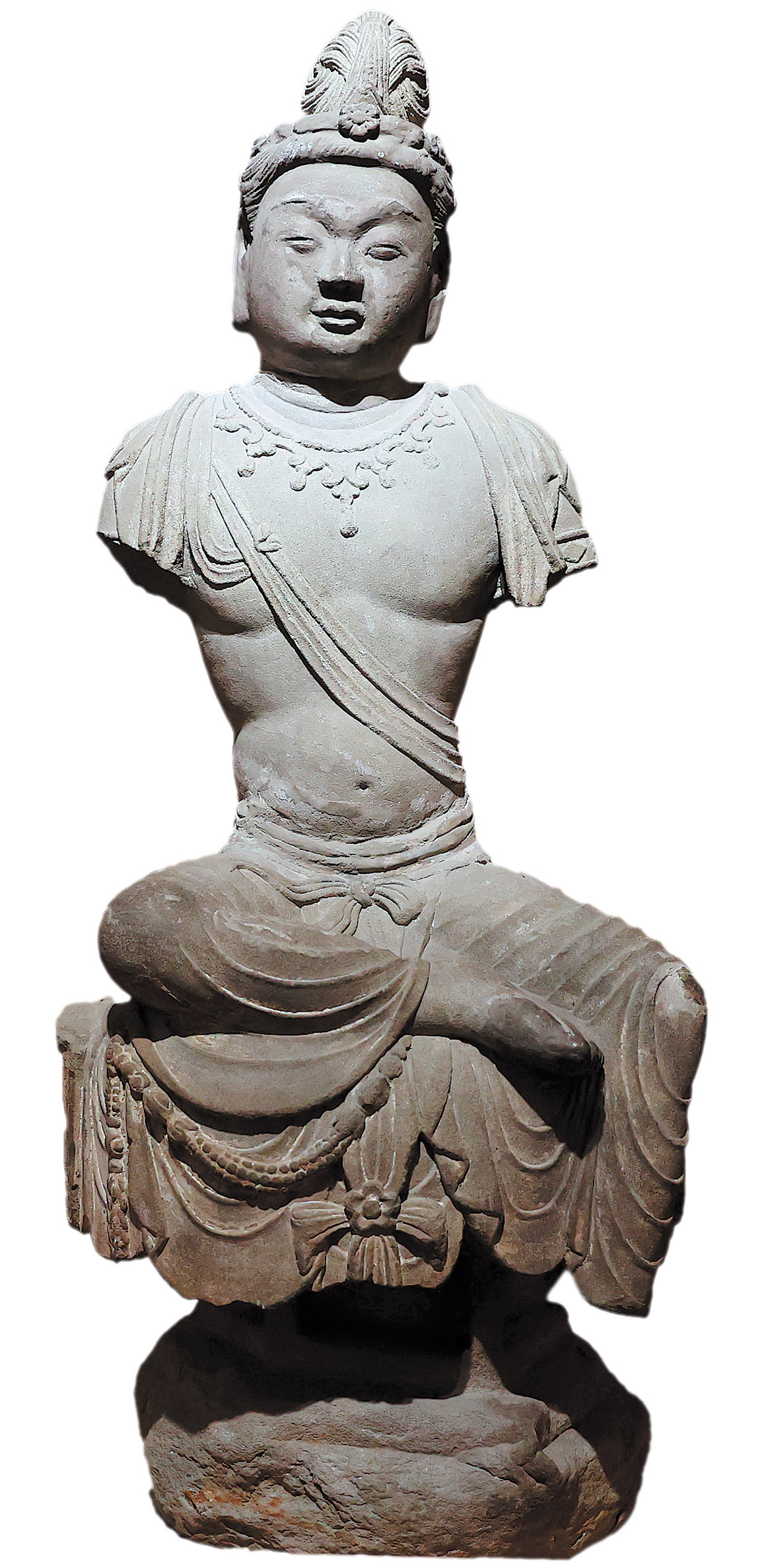
Feng's team chose items that place this era in its global context. For example, a gold-gilt silver vase from a Northern Zhou Dynasty (557-581) high official Li Xian's tomb displays Greek decorative patterns typical of the Trojan War. The vase, which dates to about half a century before the Zhenguan era and which was found in present-day Guyuan in the Ningxia Hui autonomous region, demonstrates a willingness for contact with faraway lands.
Also from Guyuan, a group of Byzantine gold coins bearing the head of Justinian the Great dating to the Northern Zhou period may hint at international trade along the Silk Road before it reached its zenith following the Tang era.
Many other exhibits from the Tang Dynasty, including gold decorative fillets, glass bowls, turquoise ornaments, and stone carvings with Sasanian patterns, all remain as evidence of cross-cultural communication, echoing the open nature of the Zhenguan era.
ALSO READ: Witnesses of Silk Road glory in Xi'an museums
According to ancient records, Li Shimin received envoys from all over the world in a grand ceremony in Chang'an in 639, adding a new chapter to the tale of the city as a crossroads of the ancient Silk Road.
"The light of the Tang Dynasty shone brightly on the stage of world civilization," Feng says. "It left references for national governance during dynastic periods."
"Using the Zhenguan era as a mirror, we are able to better understand how civilizations rise and prosper," she adds.
Contact the writer at wangkaihao@chinadaily.com.cn


